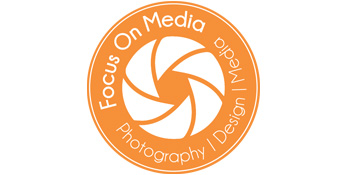

416-451-0519
nicole.glassman.5@gmail.com


A Thousand Faces is a cooperative drawing project that combines user-generated drawings to create surprising images. The piece mirrors the Exquisite Corpse project in terms of spontaneity and collaborative spirit. Since users only contribute a part to the whole, they must abandon ownership of the piece. The end result has a life of its own. The collaborative aspect encourages people to work together and benefit from the surprising joint creation. The piece emphasizes the idea that the sum is greater than the parts and complements the decentralized network system by utilizing every person’s contribution with equal weight to the end creation.
The piece is a composed of input and output components. Contributors are presented with a tablet and a designated space to draw in. Above that space are instructions; 'draw a mouth,' 'draw eyes,' 'draw a nose,' ' draw ears,' or 'draw eyebrows.' The user must draw their interpretation of the instructions before receiving a new instruction. Processing creates a two-way network and is constantly checking and sending out signals looking for each submission of instructions. After a user draws one of the following instructions, such as a nose, he must press the ‘submit button’ and a new instruction will appear. The images drawn are sent through the network and displayed on several different bodies on a large screen for the public to see. Some examples of the images are: a business man, a pirate, an old lady, etc. The characters have small bodies with large heads to draw more attention to the face, however each face starts as a blank canvas. Once a user presses the submit button the drawn image will transfer to one of the blank faces on the screen in the appropriate spot. The accumulated drawings will create the face. The users are unaware of which face they are drawing, so mix-matching facial features will occur, like a mustache on a woman or an angry face on a grandmother. This challenges the expectations of the public. The secondary user, who has a passive role, will be watching the faces appear on the screen. In general, people tend to form an opinion about physical appearances based on dress. A Thousand Faces challenges this stereotype by placing unlikely faces on familiar character’s bodies and thus changing our perception of the person.
The piece highlights how simple input data can have deceivingly complex outputs. Protocols are an important part of how the data is managed and presented in a coherent way. The benefit of user-generated data is that no two drawings will be the same and there is no telling what the compiled images will look like. A Thousand Faces is a movement away from stereotypes and embraces diversity in addition to reflecting the unexpectedness found in reality.